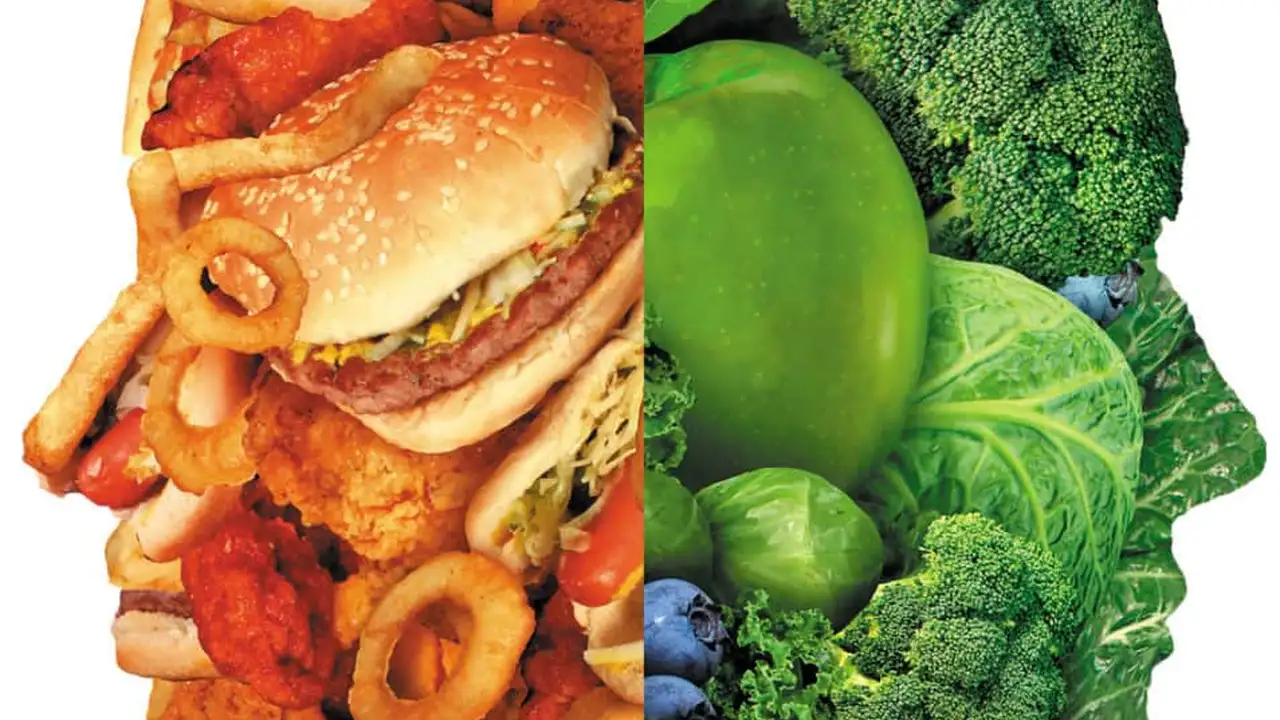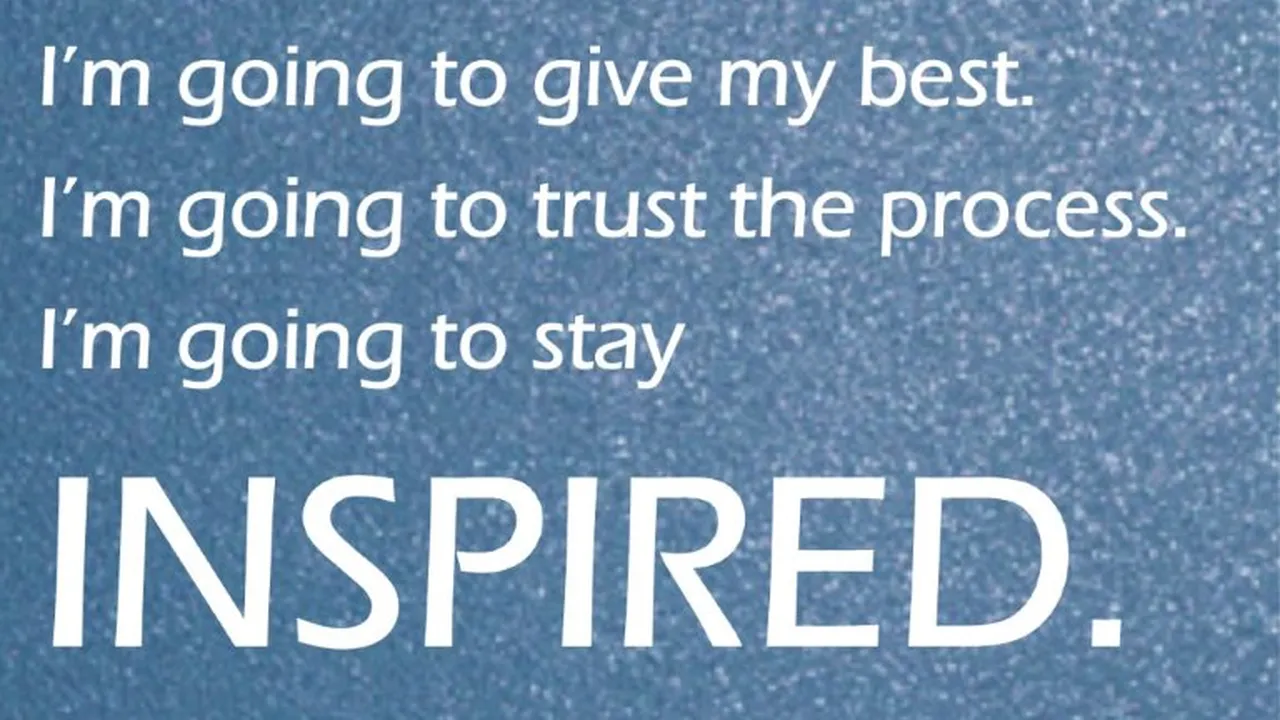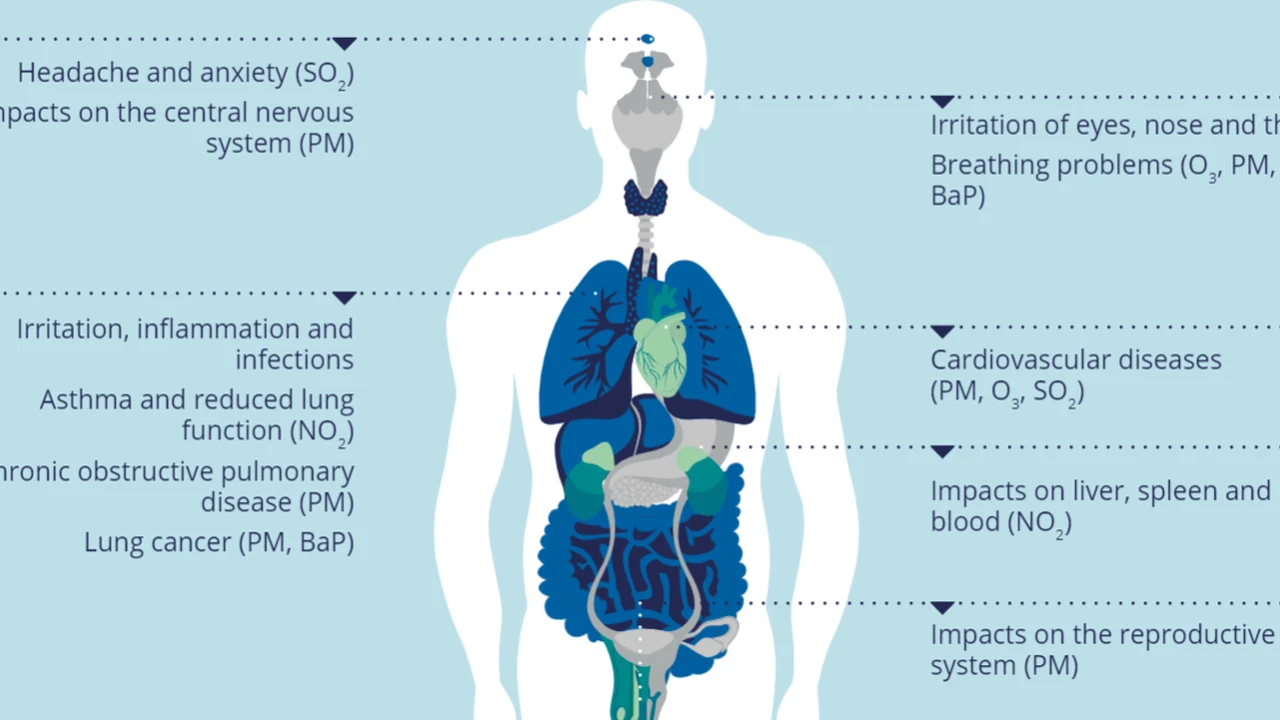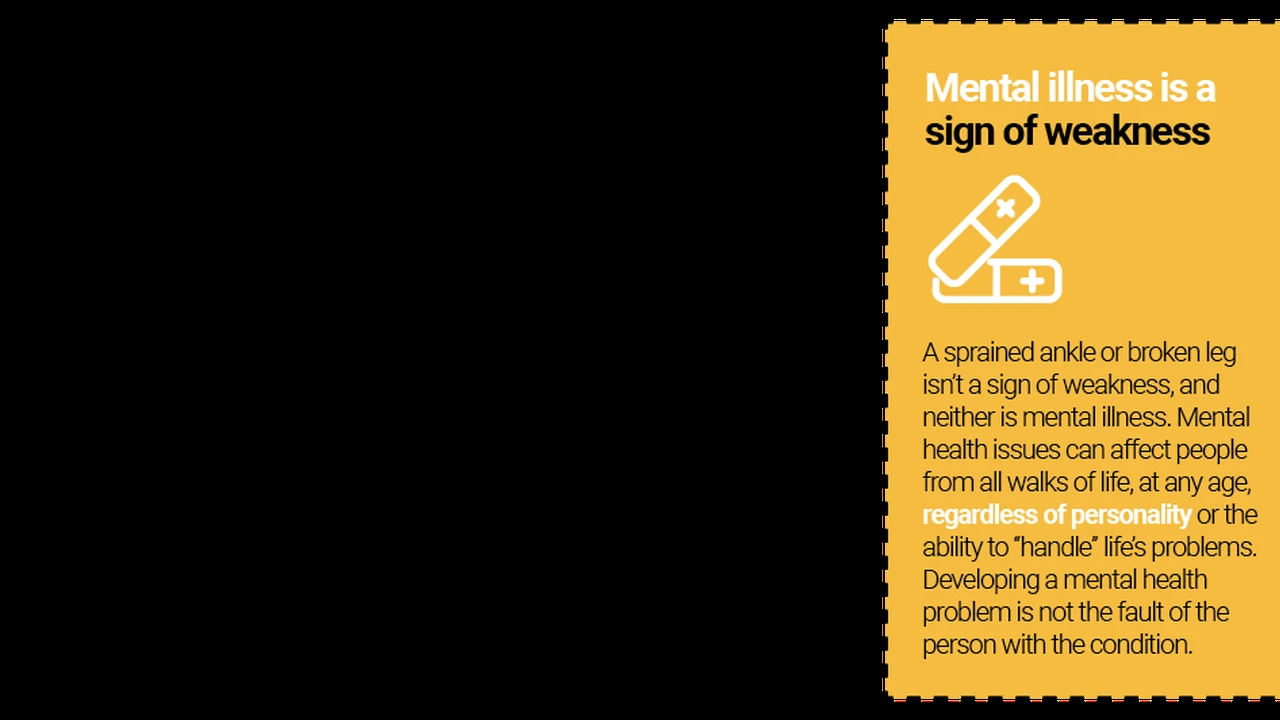The Role of Fiber in a Healthy Diet: Benefits and Sources
Sample meta description.

Understanding Fiber What It Is and Why It Matters
Okay, let’s talk fiber. You’ve probably heard it’s good for you, but what *is* it exactly? Essentially, fiber is a type of carbohydrate that your body can't digest. Unlike sugars and starches, which your body breaks down and absorbs, fiber passes relatively intact through your digestive system. This undigestible quality is precisely what makes it so beneficial. Think of it like a scrub brush for your insides – keeping things moving and clean. There are two main types: soluble and insoluble fiber, and both play crucial roles.
Soluble Fiber Benefits for Cholesterol Blood Sugar and More
Soluble fiber dissolves in water, forming a gel-like substance in your gut. This gel slows down digestion, which has a bunch of positive effects. Firstly, it can help lower cholesterol levels by interfering with the absorption of dietary cholesterol. Think of it trapping the cholesterol and escorting it out of your body. Secondly, it helps regulate blood sugar levels. By slowing down the absorption of sugar, it prevents those nasty blood sugar spikes and crashes, making it super helpful for people with diabetes or pre-diabetes. Foods rich in soluble fiber include oats, beans, apples, citrus fruits, and psyllium husk.
Insoluble Fiber Promoting Digestive Health and Regularity
Insoluble fiber, on the other hand, doesn't dissolve in water. Instead, it adds bulk to your stool and helps food move more quickly through your digestive system. This is your go-to fiber for preventing constipation and promoting regularity. Think of it as a natural laxative. It’s found in foods like whole wheat bread, wheat bran, vegetables, and nuts. Getting enough insoluble fiber can significantly reduce your risk of diverticulitis and other digestive issues.
Top Fiber Rich Foods To Incorporate Into Your Diet
Alright, so where can you get this magical fiber? Here are some top sources to start incorporating into your diet:
- Fruits: Apples (with skin!), bananas, berries, pears, oranges.
- Vegetables: Broccoli, Brussels sprouts, carrots, sweet potatoes, leafy greens.
- Legumes: Beans (kidney, black, navy, pinto), lentils, chickpeas.
- Whole Grains: Oats, quinoa, brown rice, whole wheat bread.
- Nuts and Seeds: Almonds, chia seeds, flaxseeds, walnuts.
The key is variety! Don't just stick to one source. Mix it up to get a good balance of both soluble and insoluble fiber, and to ensure you're getting a wide range of vitamins and minerals as well.
Fiber Supplements When Are They Necessary and What to Look For
Sometimes, despite our best efforts, we still struggle to get enough fiber through our diet alone. That's where fiber supplements can come in handy. They're not a replacement for whole foods, but they can be a helpful boost. Common types include psyllium husk, methylcellulose (Citrucel), and wheat dextrin (Benefiber). Psyllium husk is generally considered a good choice because it’s a natural source of soluble fiber.
Comparing Fiber Supplement Options Psyllium Husk vs Methylcellulose
Let's break down the differences between two popular choices: psyllium husk and methylcellulose.
- Psyllium Husk (e.g., Metamucil): This is a natural fiber derived from the seeds of the Plantago ovata plant. It's highly effective at adding bulk to stool and promoting regularity. It's also known for its potential to lower cholesterol. However, it can cause bloating and gas in some people, especially if you start with a high dose. Typical Price: $15-$25 per container (depending on size).
- Methylcellulose (e.g., Citrucel): This is a synthetic fiber. It's gentler on the stomach than psyllium husk and less likely to cause gas or bloating. It's also a good choice for people who are sensitive to psyllium. However, it may not be as effective at lowering cholesterol as psyllium husk. Typical Price: $18-$30 per container.
When to use them: Psyllium is good when you need significant help with regularity and are okay with the potential for gas. Methylcellulose is better if you are prone to digestive discomfort or just need a gentle nudge. Always start with a small dose and gradually increase it to avoid side effects. Mix with plenty of water!
Incorporating Fiber Supplements How to Use Them Safely and Effectively
If you decide to try a fiber supplement, here are a few tips:
- Start slowly: Begin with a small dose (e.g., half a teaspoon) and gradually increase it over several days or weeks until you reach the recommended dose.
- Drink plenty of water: Fiber absorbs water, so it's crucial to drink plenty of fluids (at least 8 glasses a day) to prevent constipation.
- Take it with meals: This can help slow down the absorption of sugar and keep you feeling full longer.
- Be patient: It may take a few days or weeks to see the full benefits of fiber supplements.
- Talk to your doctor: If you have any underlying health conditions or are taking medications, talk to your doctor before starting a fiber supplement. Fiber can interfere with the absorption of certain medications.
The Importance of Hydration When Increasing Fiber Intake
I can't stress this enough: water is your best friend when you're increasing your fiber intake! Fiber absorbs water, and if you're not drinking enough, you'll end up with constipation, bloating, and discomfort. Aim for at least eight glasses of water a day, and even more if you're physically active. Consider carrying a water bottle with you as a constant reminder to stay hydrated.
Fiber and Weight Management How Fiber Can Help You Feel Fuller Longer
Fiber can be a valuable tool for weight management. Because it slows down digestion and adds bulk to your meals, it helps you feel fuller for longer, which can reduce your overall calorie intake. Think of it as a natural appetite suppressant. Plus, high-fiber foods tend to be lower in calories and higher in nutrients than processed foods, making them a win-win for weight loss or maintenance. Focus on incorporating plenty of fruits, vegetables, and whole grains into your diet to reap the benefits.
Potential Side Effects of Too Much Fiber and How to Avoid Them
While fiber is generally good for you, eating *too* much too quickly can lead to some unpleasant side effects, such as gas, bloating, abdominal cramps, and diarrhea. To avoid these issues, increase your fiber intake gradually, allowing your digestive system time to adjust. Also, make sure you're drinking plenty of water. If you experience any persistent or severe side effects, talk to your doctor.
Fiber and Specific Health Conditions What You Need to Know
Fiber plays a crucial role in managing various health conditions. For example, it can help lower cholesterol in people with high cholesterol, regulate blood sugar in people with diabetes, and prevent constipation in people with irritable bowel syndrome (IBS). However, it's important to note that the specific type and amount of fiber that's beneficial can vary depending on the individual and their condition. If you have a specific health condition, talk to your doctor or a registered dietitian to determine the best fiber strategy for you.
Beyond the Basics Exploring Different Types of Fiber and Their Unique Benefits
We've talked about soluble and insoluble fiber, but there are actually many different types of fiber, each with its own unique properties and benefits. For example, resistant starch, found in foods like cooked and cooled potatoes and green bananas, acts like fiber in the gut and can improve insulin sensitivity. Beta-glucan, found in oats and barley, is particularly effective at lowering cholesterol. By understanding the different types of fiber and their benefits, you can make more informed choices about the foods you eat and optimize your health.
:max_bytes(150000):strip_icc()/277019-baked-pork-chops-with-cream-of-mushroom-soup-DDMFS-beauty-4x3-BG-7505-5762b731cf30447d9cbbbbbf387beafa.jpg)






